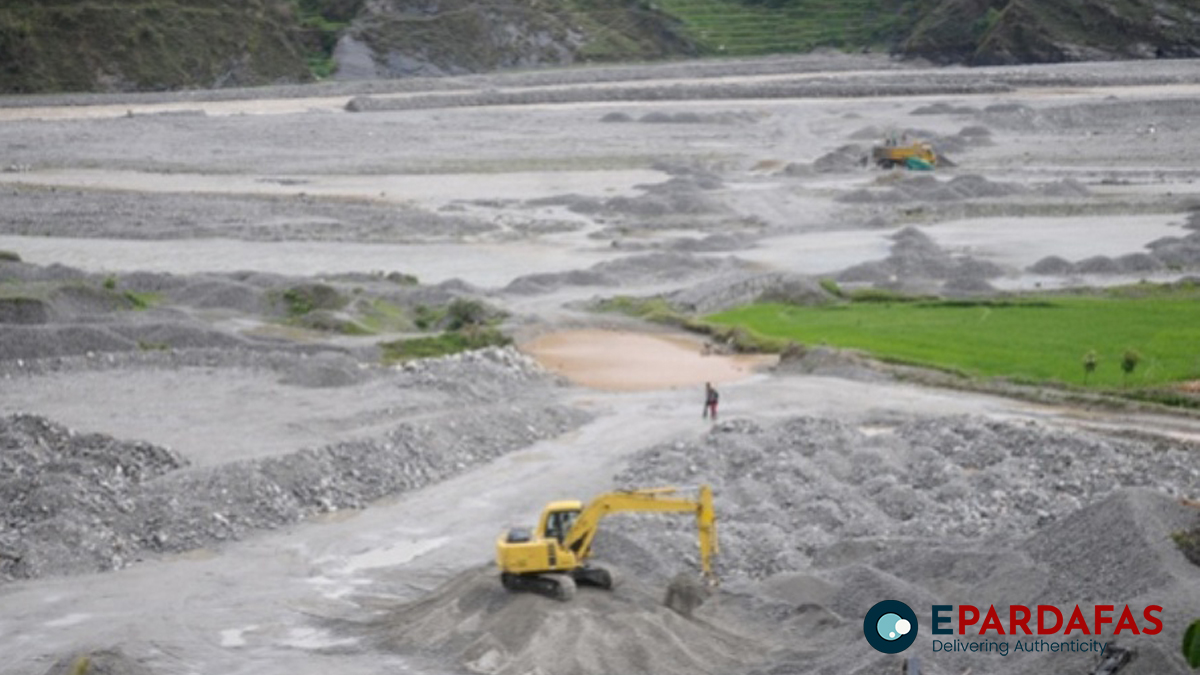Over the past ten years, the President Chure-Terai Madhes Conservation Development Committee has spent Rs 15 billion in its efforts to protect the Chure region. However, as the government reviews the progress, concerns are rising over the effectiveness of the expenditure.
Established on June 16, 2014, the committee had spent Rs 14.96 billion by the end of the fiscal year 2080-81 BS (July 16, 2024). According to official data, the financial progress stands at 88.93 percent, while physical progress is reported at 91.84 percent. The committee employs 124 personnel, including six office-bearers, with 86 of these positions currently filled.
Progress and Achievements
Committee Chair Dr. Kiran Poudel outlined key achievements, including the expansion of multi-year crops across 1,459 locations and 166 hectares of hilly farmland. Additionally, the committee claims to have implemented a greenery promotion program covering 5,230 hectares and produced 29.3 million saplings for distribution.
Infrastructure development efforts include constructing 412 kilometers of embankments, establishing 162 hectares of green belts, restoring 139 wetland lakes, creating 628 water harvesting ponds, and conserving 548 water sources. Despite these efforts, Dr. Poudel noted that the lack of adequate funding and manpower has hindered the full implementation of the committee’s master plan.
The committee, headquartered in Lalitpur, operates regional program units in Salakpur, Janakpur, Chitwan, Butwal, and Lamki. The Chure region, which spans 37 districts and 325 local governments across seven provinces, remains vulnerable to environmental degradation due to migration, low-lying topography, climate risks, and wildfires.
Challenges and Criticism
While the committee was formed with the goal of reducing poverty through conservation and sustainable resource management, it has faced numerous controversies. Allegations of corruption, political interference, and inefficiency have plagued its operations. Recently, two office-bearers were removed from their positions following a court ruling over qualification issues.
The government is now forming a task force to assess the committee’s performance and propose restructuring measures. Criticism has also come from the Federation of Community Forest Users Nepal (FECOFUN), which has opposed the committee since its inception, arguing that it sidelines local communities.
FECOFUN President Thakur Bhandari contends that the committee’s work lacks grassroots involvement, making it ineffective. “It has curtailed the rights of local indigenous people, and as long as it exists, Chure’s destruction will continue,” he said, calling for its dissolution.
However, the committee’s founding chair, Rameshwor Khanal, defends its contributions to Chure conservation, stressing the need for budgetary provisions, adequate human resources, and a legal framework to enhance its impact. He advocates for collaboration with provincial governments and stakeholders while ensuring community representation in decision-making.
Chure expert Dr. Vijay Singh Dunwar also highlights the critical role of conservation in safeguarding the future of the Terai-Madhes region. He warns that unchecked degradation of Chure could eventually turn the land into a desert and supports calls for a dedicated Chure Act to strengthen conservation efforts.
Audit Report Highlights Poor Progress
Despite claims of progress, the 61st annual report from the Office of the Auditor General (OAG) paints a different picture. It reveals that several key targets from the committee’s five-year master plan remain unfulfilled.
Targets such as mapping forest areas in 36 districts, preventing the encroachment of 14,150 hectares of forest, and managing grazing for 4,800 farmer groups have seen little to no progress. Likewise, goals for expanding multi-year crops across 7,265 hectares of hilly farmland, managing 165,675 hectares of forest, and regulating the use of river-borne resources in 180 rivers remain largely unmet.
Additionally, the committee has failed to achieve its targets for resettling 20,505 households in environmentally sensitive areas, extending domestic solar energy to 38,484 households, and increasing micro-hydropower capacity to 261 kW.
While the plan aimed to restore 89 wetlands, only 65 have seen progress. Similarly, efforts to develop integrated river management strategies for 64 rivers have only reached 47, and biogas expansion has covered just 1,917 households out of the targeted 81,137.
The OAG report concludes that the committee has fallen short of its anticipated outcomes and calls for a more structured approach to ensure that the objectives outlined in the master plan are met effectively. As discussions on restructuring the committee continue, questions persist about whether the billions spent over the past decade have yielded meaningful results for Chure conservation.
Bhishma Raj Ojha/RSS














Comments